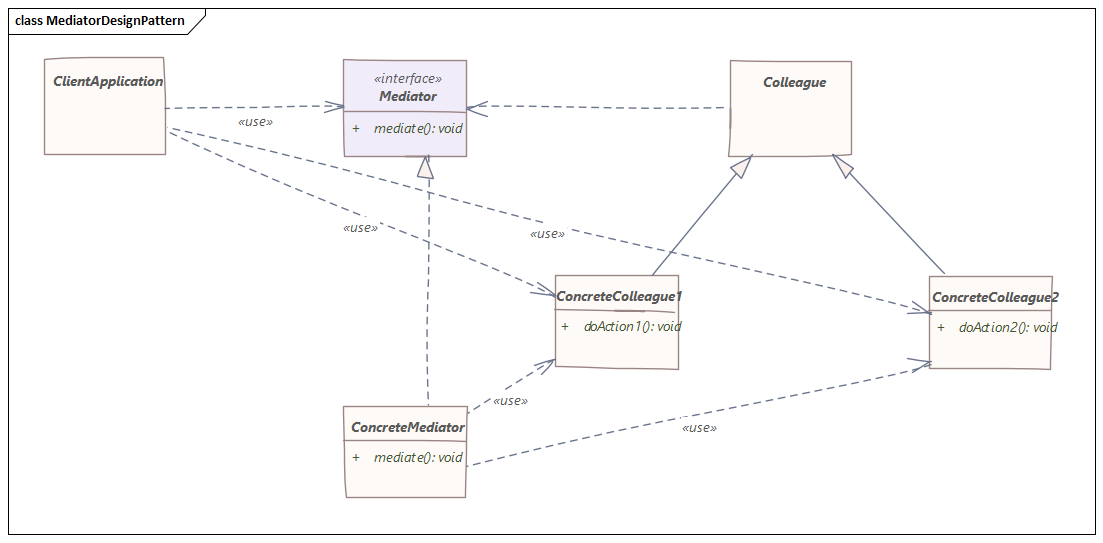

This function takes in the openhimConfig option set to instantiate as well as the mediator's urn within that object. To add a mediator heartbeat, import the activateHeartbeat method form openhim-mediator-utils. ie: Successful, Failed, Completed, or Completed with Errors. When the final response is received the transaction can be updated to reflect the overall status of that transaction. Each time the client's request gets a response from a mediator this would be added to the list of orchestrations along the request and response details. At the same time, the OpenHIM could respond to the client indicating that the file-queue mediator received the request. To solve this we could input a file-queue mediator between the OpenHIM and an orchestration mediator that would store all requests from the client and slowly feed them through to the endpoint via the orchestrator when the endpoint is ready. This is useful for asynchronous requests.įor example, in a hypothetical system our endpoint information system has a slow processing speed yet, during peak times, our system sends through more requests than the end system can handle. The transaction response and orchestrations in the transaction can be updated through the OpenHIM API at a later time if necessary.

This would send through the exact same request details and keep a record of the original transaction and any child transactions with all their respective results. If needed this transaction could be rerun by clicking the Re-run Transaction button. The transaction here was Successful, it went through the Bootstrap Scaffold Mediator Channel, and the client was our test client. Here you should see your first scaffold mediator transaction.Ĭlick on this transaction to view details about it. To view the request and response details navigate to the OpenHIM Console Transactions Log page. Hello World should come through in the terminal response. In a terminal run the following cURL command:Ĭurl -X GET -H "Authorization: Basic $(echo -n test:test | base64 ) " With our scaffold mediator channel route setup we can send through our first request that will be tracked by the OpenHIM. Step 4 - Sending Through First Request Via OpenHIM Docker will resolve requests to the correct IP. Since we are running the scaffold mediator in a docker container we have provided the docker container name as the route host variable. The Route defines where a client's request will be directed. Navigate to the Routes tab in the modal and click on the yellow edit route icon to view route details. All the details here are already correct as they were set in the mediatorConfig.json file. To view the channel details you can click on yellow edit icon on the channel. Once the channel is created navigate to the Channels Menu option to view the Channel.
Mediator 9 tutorial plus#
Click the green plus icon on the right hand bottom corner to create this channel. The bottom row describes the available default channel. This page contains more details about the scaffold mediator. On the Mediators page in the Console, click on the mediator row. The name is required to allow the different containers to reference each other.Ĭheck that your mediator has registered correctly by navigating to the OpenHIM Console Mediator Page on Step 3 - Adding Default Channel Important! Remember to use the -name flag. Move into that directory and and run npm init and fill in the details you want:ĭocker run -network tutorial_openhim -name scaffold -rm -p 3000:3000 scaffold In a terminal, create a directory for your project. OpenHIM Mediator Setup Step 1 - Creating project skeleton Having a basic understanding of ExpressJS and Javascript ES6 syntax is advised. This tutorial assumes you have already successfully setup the OpenHIM. This allows administrators to view the health status of the mediator, to easily setup routing and logging to the registered mediator and to provide new configuration settings to the mediator all from the OpenHIM Console. The advantage of using the OpenHIM mediator framework over another stand alone service is that OpenHIM mediators are registered and tracked by your OpenHIM instance.

The repository is also useful to read through as there are detailed comments describing important aspects of an OpenHIM Mediator. However, the mechanisms used in this mediator can easily be used in your own OpenHIM mediator projects. This mediator is purely for demonstration purposes and is in no way production ready. Tutorial Purpose: Create a Scaffold OpenHIM Mediator and Register it with your local OpenHIM instance. TLDR Watch Tutorial Setup on YouTube Useful Links


 0 kommentar(er)
0 kommentar(er)
